It's all about the classical music composers and their works from the last 400 years and much more about music. Hier erfahren Sie alles über die klassischen Komponisten und ihre Meisterwerke der letzten vierhundert Jahre und vieles mehr über Klassische Musik.
Total Pageviews
Monday, May 27, 2024
Alicia Keys - If I Ain't Got You (Sessions at AOL)
Top 30 Catchiest Songs from Classic Movie Musicals
Bilitis by The Francis Lai Orchestra (13 Days in Japan - Live Tokyo)
Manila Symphony Orchestra | Medley of Philippine Folk Songs
Saturday, May 25, 2024
Tchaikovsky: Piano Concerto No. 1, Op. 23 - Anna Fedorova - Live Concert HD
Friday, May 24, 2024
What Happened to Mozart’s Children?
by Emily F. Hogstad, Interlude
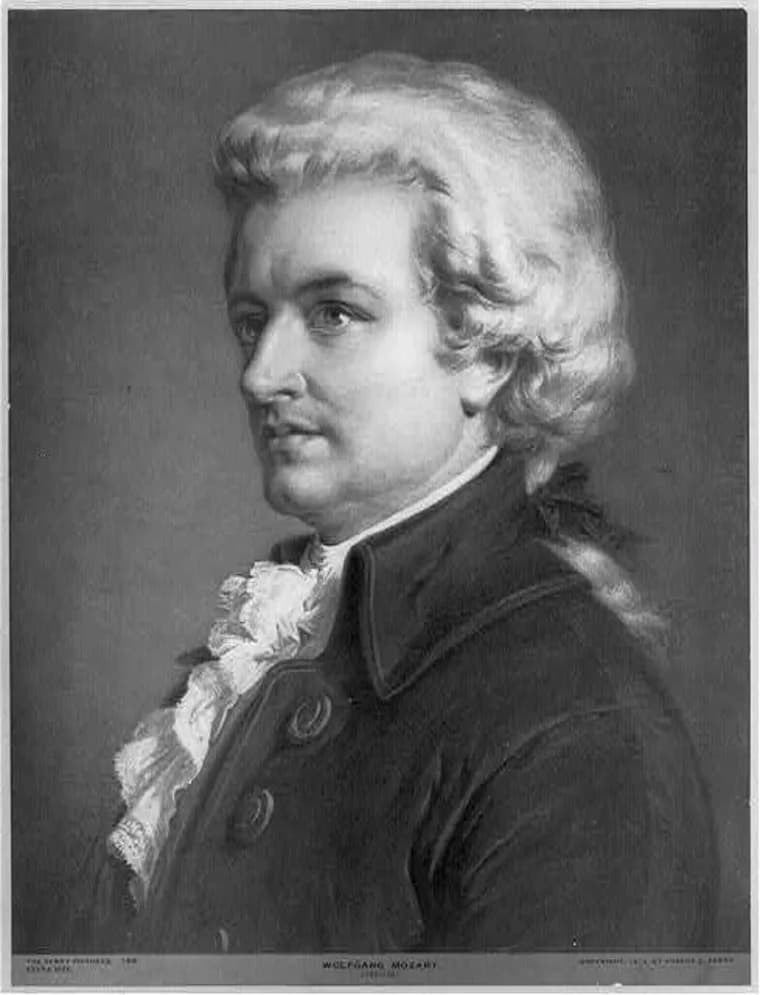
© media-cldnry.s-nbcnews.com
Their courtship had been dramatic. They had started dating the summer of the previous year (after Wolfgang had initially fallen in love with Constanze’s sister). They discussed marriage, but Wolfgang’s father, Leopold, was firmly against it.
Then, in April 1782, they broke up after Constanze had played a parlor game with another young man, during which he measured her calves.
However, after a while, she and Wolfgang made up. In July of 1782, they even moved in with each other…without getting married first!
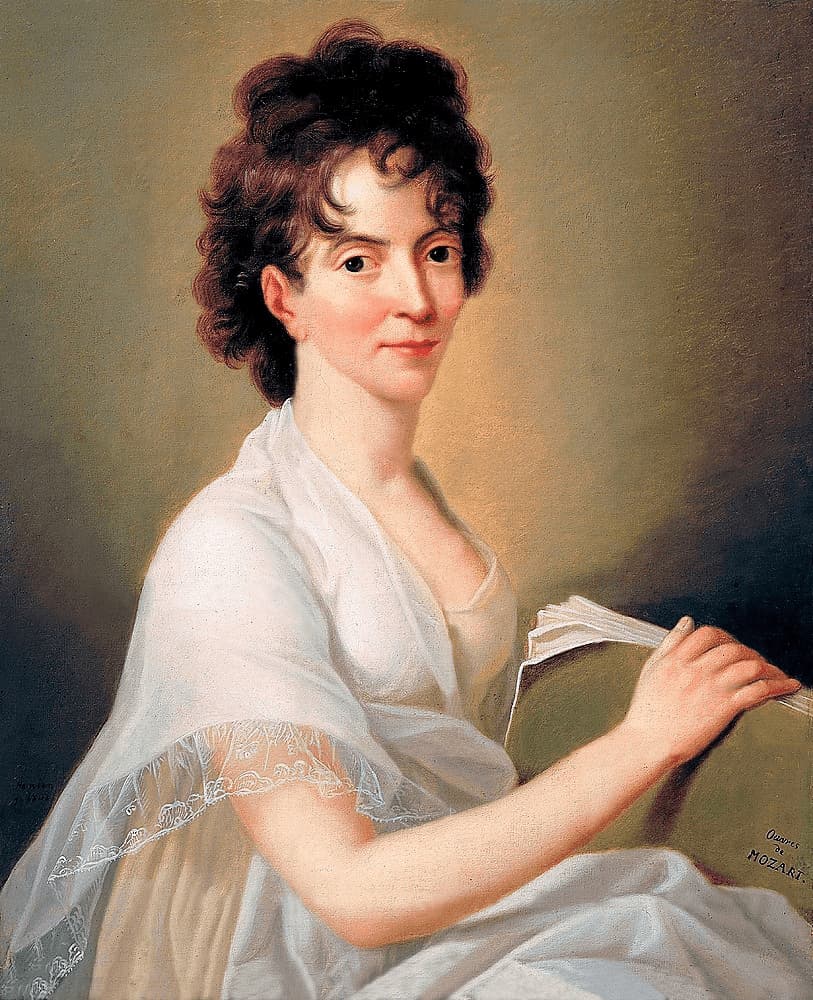
Constanze Mozart in 1802, portrait by Hans Hansen © Wikipedia
The situation proved scandalous. Wolfgang admitted to his father that they were already sleeping together, so he claimed they had no choice but to get married. Constanze’s mother was beside herself, inquiring whether the police could get involved to rescue her daughter and save her reputation.
Amidst all of this drama, the two did finally get married. The morning after their wedding, Leopold’s extremely reluctant permission arrived in the mail.
The story of Constanze’s pregnancies and their children’s lives offer a unique lens through which to understand Mozart’s biography and music. Today, we’re looking at the six children that Wolfgang and Constanze had together between 1783 and 1791.
Raimund Leopold Mozart (17 June 1783 – 19 August 1783)
On 17 June 1783, around one o’clock in the morning, Constanze Mozart went into labor with her first baby.
While Constanze gave birth, Wolfgang nervously composed two movements of his D-minor string quartet. (Constanze later claimed that the chromatic minuet was inspired by her screams.)
Five hours after Constanze’s labor began, Raimund Leopold Mozart was born: “a fine, sturdy boy, round as a butterball,” Wolfgang reported to his father in a letter the following day.
The Mozarts named the baby Raimund after their landlord. Oddly, their landlord served as the baby’s godfather instead of Leopold. According to Wolfgang, he wanted to call the baby Leopold, but the landlord offered his services as a godparent, and Wolfgang felt helpless to resist. Either Wolfgang was spineless, or it was an attempt to escape his father’s influence.
The Mozarts hired a wet nurse to help care for little Raimund. “Against my wishes and yet not altogether against my will, they brought in a wet nurse for the child!” he reported to his father.
Over the course of the summer of 1783, Wolfgang made plans to visit his father Leopold in his hometown of Salzburg. Wolfgang was leery of leaving Vienna; he was concerned about being arrested, as he’d left his job with the Salzburg archbishop without officially resigning. His father laughed these concerns off and accused his son of just not wanting to see him.
Feeling guilty about Leopold’s jab, he set off with Constanze to Salzburg six weeks after the baby had been born. They left Raimund behind in Vienna (we don’t know why or with whom), choosing not to introduce him to Leopold. Raimund died in mid-August before the visit was over.
We have very little evidence as to how Wolfgang and Constanze handled the death of their firstborn child. Mozart’s sister didn’t mention it in her diaries. A couple of months later, Mozart wrote to Leopold, “We are both very sad about our poor, bonny, fat, darling little boy.” And that’s the last we hear about him in the historical record.
Karl Thomas Mozart (21 September 1784 – 31 October 1858)
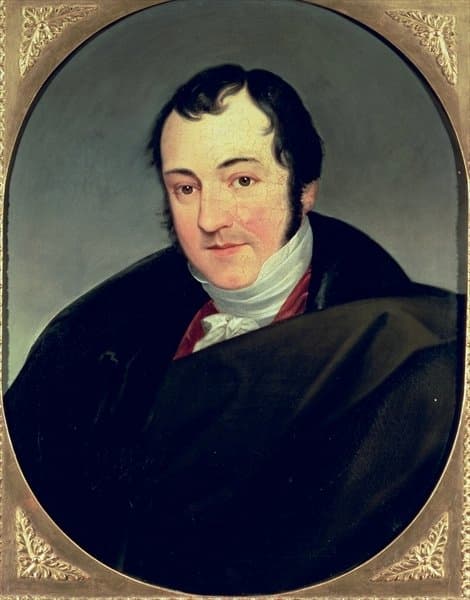
Karl Thomas Mozart © Wikipedia
A few months later, around the start of 1784, Constanze got pregnant again. She had Karl Thomas Mozart in September.
Wolfgang died when Karl was seven years old. Later in life, he advanced the theory that his father had been poisoned, although, of course, being just a child, he couldn’t have known if such a thing had really happened.
He went to school in Prague and studied music with Franz Xaver Niemetschek (the first biographer of Wolfgang Mozart) and composer František Xaver Dušek.
When he was twenty-one, he moved to Milan, where he would live for the rest of his life. He tried to make a career in music, but in his mid-twenties he gave up and went into accounting and Italian translating instead.
He earned enough royalties from Wolfgang’s music that he was able to buy a country estate in the township of Valmorea, near Lake Como.
He never got married or had any children, and he died in 1858 at the age of seventy-four.
Johann Thomas Leopold Mozart (18 October 1786 – 15 November 1786)
In 1786, Wolfgang’s big musical project was composing and mounting The Marriage of Figaro, which premiered in May. In January 1787 he went to Prague to conduct a production of it.
In between, Constanze gave birth to their third son, but he died just a month later of “Stickfrais”, which was a term that meant breathing difficulties. It may have been something like whooping cough or lung disease.
Theresia Constanzia Adelheid Friedericke Maria Anna Mozart (27 December 1787 – 29 June 1788)
Just after Christmas 1787, Constanze gave birth to the couple’s first daughter, to whom they gave a very long name. By using the name Maria Anna, they were paying tribute to Mozart’s musician sister, Maria Anna Mozart (also known as Nannerl).
Tragically, their daughter died of intestinal trouble in the summer of 1788. This was the same summer that Mozart wrote his 39th, 40th, and 41st symphonies…a feat that’s difficult to imagine.
Anna Maria Mozart (born and died on 16 November 1789)
In the spring of 1789, when Constanze was pregnant, Wolfgang left Vienna.
He had racked up considerable debt and decided to travel to Dresden, Berlin, and Prague to give concerts to make money. For an entire month after he left, no letters arrived, to Constanze’s great distress.
Wolfgang eventually returned to Vienna, only to find Constanze sick with a leg ulcer. In fact, there was a question of whether she was going to recover. Wolfgang reported in a letter to friends that she was calmly facing her fate, whatever it might be.
Fortunately, she recovered, and after she entered her third trimester, they went to Baden, a spa resort.
Anna Maria Mozart, Wolfgang and Constanze’s fifth child and second daughter, was born in mid-November. She was named after Mozart’s late mother, who had died in 1778. Tragically, she died an hour after she was born. She was baptized before her death and buried the next day.
Franz Xaver Wolfgang Mozart (26 July 1791 – 29 July 1844)
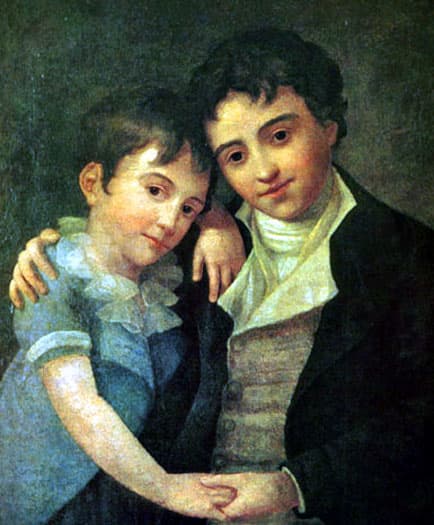
Karl and Franz Xaver Mozart © Wikipedia
The Mozarts’ final baby, Franz Xaver Wolfgang Mozart, was born in the summer of 1791. Although he was just an infant when his father died, he ended up being the child who would carry on the Mozart family reputation in the music world. He also inherited the name Wolfgang, which he’d be called by his family.
He was musically talented as a child. Although his older brother believed that their father may have been poisoned, Wolfgang the younger took lessons from Antonio Salieri, who is sometimes named as one of the potential suspects. This is perhaps proof of how unserious his mother took the poisoning rumors. He also studied with Johann Nepomuk Hummel.
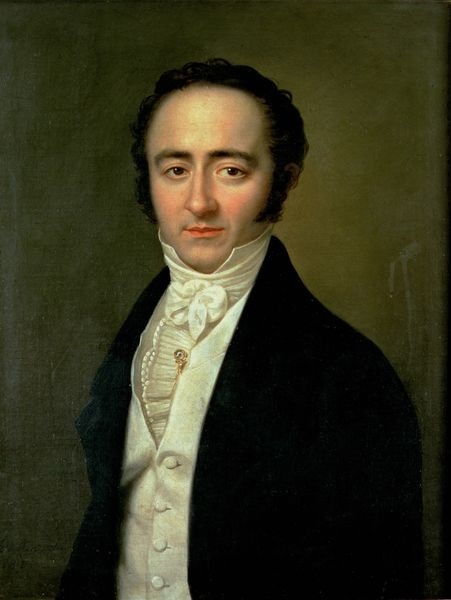
Franz Xaver Mozart (1825) by Karl Gottlieb Schweikart
Wolfgang, Jr., made his debut in Vienna in April 1805 at the Theater an der Wien, where Beethoven had given multiple legendary premieres over the previous few years.
He spent most of his career teaching and traveling, performing his own works and the works of his father.
However, he simply wasn’t as talented as his father, and he knew it.
He died a few days after his fifty-third birthday of stomach cancer. His poignant epitaph reads, “May the name of his father be his epitaph, as his veneration for him was the essence of his life.”
10 Pieces of Classical Music About Freedom
by Emily E. Hogstad

© jewishjournal.com
Today, we’re looking at ten pieces of classical music about freedom, from Beethoven’s opera set in prison to Undine Smith Moore’s defiant piano music about the experience of being Black in America.
Let’s get started:
Ludwig van Beethoven: Leonore Overture No. 3 (1806)
In Beethoven’s opera Fidelio, a Spanish nobleman named Florestan threatens to expose the corruption of a colleague named Pizarro. Pizarro wrongfully imprisons Florestan and tells the rest of the world that he has been killed.
However, Florestan’s wife, Leonore, refuses to believe the news. So she dresses up as a boy, renames herself Fidelio, and gets a job in the prison to find out what really happened to her husband.
By the end of the opera, Leonore ends up in front of her husband just before Pizarro actually goes to kill him. Pizarro, enraged, threatens to murder both husband and wife, but Fidelio/Leonore one-ups him by pulling out a gun, which puts an end to Florestan’s unjust imprisonment.
Beethoven had trouble writing an overture for this opera, and he wrote and discarded several versions. This one – known as the Leonore Overture No. 3 – is sometimes played after Leonore’s rescue of her husband.
Giuseppe Verdi: “Va, pensiero” from Nabucco (1841)
Verdi’s opera Nabucco tells the Biblical story of the Israelites’ exile in oppressive Babylon.
In the opera, the Israelite slaves sing it as they work, describing how, even in exile, their thoughts are with their homeland.
However, this was not the music’s only potential meaning in mid-nineteenth-century Italy. At that time, a movement for Italian independence and unification was gaining steam, and art and music helped to contribute to national pride and identity.
In 1844, a few years after the premiere of Nabucco, two brothers named Attilio and Emilio Bandiera were working for Italian unification when one of their followers betrayed them. They were taken into custody and died by firing squad, becoming martyrs for the cause.
Verdi did not necessarily endorse such a movement, but whether he liked it or not, his music likely contributed to the atmosphere that ultimately made the revolution possible.
Frédéric Chopin: Heroic Polonaise (1842)
Chopin was very proud of his Polish ancestry.
However, when he was twenty years old, he chose to leave Warsaw to make a musical career in a bigger city.
No sooner had he left for Vienna with his dear friend, political activist Tytus Woyciechowski, than Warsaw broke out into armed conflict.
The November Uprising in Warsaw lasted from November 1830 until October 1831. (Woyciechowski, for his part, as soon as he heard about the uprising, returned to Warsaw. Chopin stayed behind.)
The Poles fought their occupiers, the Russians, but were ultimately crushed.
Chopin was devastated when he heard about the outcome. He wrote in his journal, “Oh God! … You are there, and yet you do not take vengeance!”
Over the years that followed, he became increasingly obsessed with Polish identity. He began incorporating polonaises – a dance form that originated in Poland – into his piano music.
He also began dating Paris-based authoress George Sand, who backed the Polish cause in her writings. After he wrote the Heroic Polonaise, she drew a direct line between the Polonaise and other countries’ fights for freedom and self-determination, writing, “The inspiration! The force! The vigour! There is no doubt that such a spirit must be present in the [1848] French Revolution. From now on, this Polonaise should be a symbol, a heroic symbol.”
Pyotr Ilyich Tchaikovsky: 1812 Overture (1880)
The overture was commissioned to celebrate the completion of the Cathedral of Christ the Saviour in St. Petersburg.
Construction of the cathedral had started generations earlier as a gesture of thanksgiving to God after Napoleon’s ill-fated attempt to overtake Russia in 1812.
To celebrate the Russians’ preservation of their freedom, Tchaikovsky wrote an overture about the fight, featuring excerpts of the Marsaillaise and Russian folk songs.
He underlined the importance of the victory by writing parts for large orchestra, brass band, church bells, and even cannons.
Jean Sibelius: Finlandia (1899)
Finlandia is Sibelius’s single most famous work. It was written for the Press Celebrations of 1899, a Finnish event that protested press censorship by the Russian Empire.
In order to sidestep Russian censorship, the piece was initially performed under over-the-top innocuous titles like “Happy Feelings at the Awakening of Finnish Spring.”
However, the piece was not just about happy feelings; it was clearly also a rebellious call to arms against oppression.
Finlandia portrays struggle, then transitions into a serene melody symbolizing the noble spirit of the Finnish people. That serene melody might sound like an old hymn, but it was actually composed by Sibelius specifically for this work. The work ends with rousing energy.
Amy Beach: A Song of Liberty (1902)
American composer Amy Beach wrote A Song of Liberty for piano and women’s choir. In it, she set lyrics by Frank Lebby Stanton, the first poet laureate of Georgia.
The song traces themes about American national identity and liberty and how, in the narrator’s view, the American penchant for liberty stretches “from sounding sea to sea”, in words that echo Katharine Lee Bates’s lyrics for what later became known as “America the Beautiful.”
Hail to our Country! strong she stands,
Nor fears the war drum’s beat.
The sword of Freedom in her hands,
The tyrant at her feet!
Ethel Smyth: March of the Women (1910)
Composer Ethel Smyth was born in 1858 in Kent. She was a rebel from childhood, demanding to be allowed to study music in Europe and locking herself in her room until her father let her go.
Not surprisingly, she was a major supporter of the women’s suffrage movement. (She even taught activist Emmeline Pankhurst how to throw stones at windows.)
In 1910, she joined the Women’s Social and Political Union and actually went so far as to give up her musical career for two years to contribute to the movement.
She returned to music briefly in 1911 when she composed the March of the Women. During this time, she was arrested for her activism and imprisoned in Holloway Prison. Her fellow suffragettes would march in the prison yard singing the March while she’d conduct them leaning out the window with a toothbrush.
Undine Smith Moore: Before I’d Be A Slave (1953)
African-American composer Undine Smith Moore was born in Virginia in 1904 and died in 1989. By the end of her prolific career, she was known as “the Dean of Black Women Composers.” She often wove themes of the Black American experience into her work.
In 1953, she wrote a piece for solo piano called Before I’d Be a Slave. She described the program of the work:
It follows a program which I would hope is evident in the music without verbal explanation – in general:
In frustration and chaos of slaves who wish to be free
In the depths – a slow and ponderous struggle marked by attempts to escape-anyway-being bound-almost successful attempt at flight
Tug of war with the oppressors
A measure of freedom won – some upward movement less lacerating
Continued aspiration-determination-affirmation.
Dmitri Shostakovich: Symphony No. 11 (1957)
In his eleventh symphony, Dmitri Shostakovich turned to the story of the 1905 Russian Revolution for creative inspiration.
This symphony has often been described as a soundtrack without a movie. It’s easy to see why: the work lasts for an hour with no breaks, and every movement contains a program.
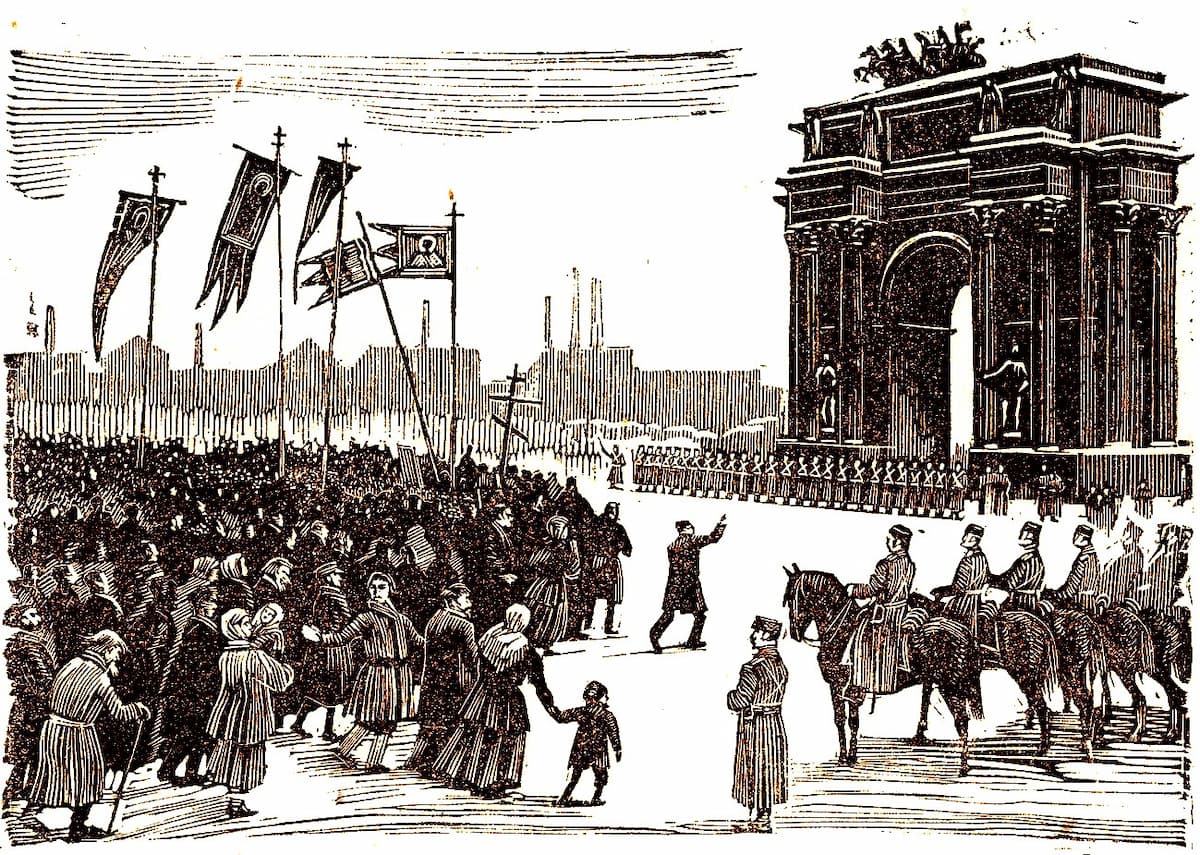
Demonstrations before Bloody Sunday © Wikipedia
The first movement is about the quiet in the Palace Square before unarmed protesters marching to the palace were shot by imperial forces. The second movement depicts the forces beginning to attack the crowd, while the third movement is a memorial to those who have just lost their lives. The finale hints at the 1917 revolution – in which the royal family was defeated once and for all.
It is possible – although not certain – that Shostakovich was inspired to write this symphony at least in part because he had sympathy for the Hungarian Revolution of 1956. Testimony about his political positions is abundant and often contradictory. But aside from all of that, it is very easy to read a narrative of struggle, liberty, and self-determination into this music.
Frederic Rzewski: The People United Will Never Be Defeated! (1975)
Some people believe that this is among the greatest sets of themes and variations ever composed! It was written by composer Frederic Rzewski, an American composer who lived between 1938 and 2021.
This work consists of a Chilean protest song, ¡El pueblo unido jamás será vencido! (The people united will never be defeated!), and 36 variations on it.
Rzewski wrote the work as a commentary on the popular resistance to oppressive dictator Augusto Pinochet, who came to power with the support of the American government in 1973.
The work is massive, lasting an hour, and is also massively demanding. For one, the score asks the pianist to whistle and slam the piano lid!
Conclusion
Whenever people feel oppressed by any force, it is second nature to create or take comfort in music that expresses the pathos, fury, tragedy, and occasionally triumph that can arise when seeking freedom…and these ten works of classical music about freedom prove it!
What’s your favorite classical music about freedom?